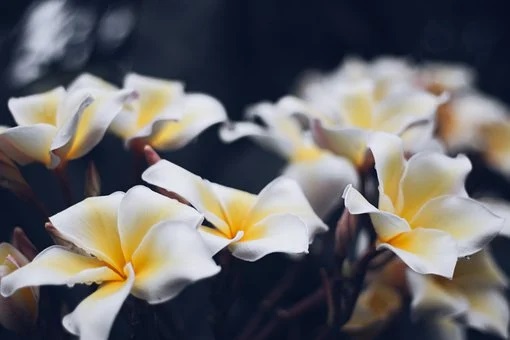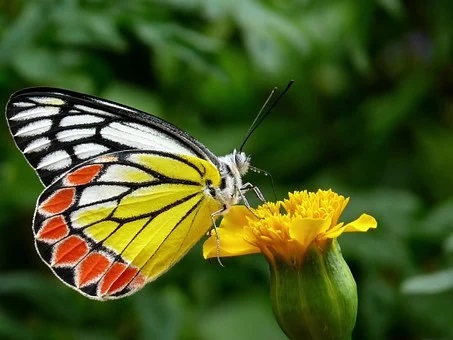The Buddha’s primary goal of teaching was to communicate precisely the doctrine of the Three Dharma Seals to the listeners. Failing this, the teaching would have been pointless. What made the Three Dharma Seals so important? The answer is in the sutras. A disciple once asked the Buddha, “How can the real teachings be distinguished if the non-Buddhists try to deceive with their false version after you, The Blessed One, pass into nirvana?” The Buddha answered, “Any teaching, as long as it espouses the principles of the Three Dharma Seals, can be considered Buddhist teaching; otherwise, it is not Buddhist teaching.” The fact that the Buddha always emphasized the key points in his transmissions should explain why so much importance has been attached to the Three Dharma Seals.
~Depicted from THE RIGHT VIEW - Buddhism—the Definition











